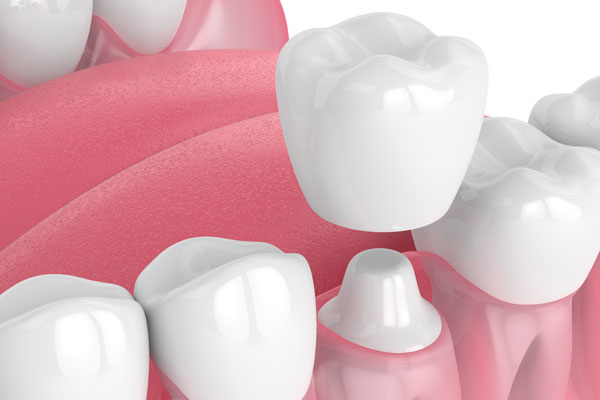The Root Canal Procedure: What You Need to Know

The term “root canal” is enough to make some people panic. This is especially true for those who already have a fear of going to the dentist. However, there is nothing to worry about when having this procedure done. Gaining insight into the treatment will make the entire process easier.
The truth about a root canal
Unfortunately, some individuals like to exaggerate their experience at the dentist’s office. When it comes to a root canal, the best thing a person can do is learn the truth. This procedure is not at all frightening. In fact, during and after the treatment, most people have little to no pain. Also, it takes very little time to do a root canal. Typically, a patient is in and out the door in about an hour.
Does it hurt?
The greatest concern that people have is that a root canal will cause a significant amount of pain. That is absolutely false. For one thing, the dental professional completely numbs the patient’s mouth. The only thing the individual feels is a slight pinch caused by the injection of numbing medicine. Also, a skilled dentist has both extensive training and experience. That means they know what to do to ensure that a patient remains 100 percent comfortable.
What symptoms does a person usually have?
Although every person is different, there are specific symptoms that indicate the need for a root canal. Extreme pain when biting or chewing would be one indicator. Having a cracked or decayed tooth would be another. Even lasting sensitivity to hot and cold would justify a trip to the dental office. Along with those symptoms, a person should pay attention to tenderness and swelling as well as pimples on the gums.
How does a root canal save a tooth?
All dental professionals share the same goal: saving the patient’s natural tooth. With a root canal, the dentist removes the infected or inflamed pulp from inside the tooth. Using dental tools, the dentist cleans and disinfects the entire area, and then reshapes the canal. After a short period, the patient receives a crown. That serves to protect the natural tooth underneath.
While sometimes a person needs a tooth extracted, this can create a secondary problem. For instance, when having a tooth pulled, the surrounding teeth could shift. If that happens, the individual would have trouble with crookedness. Missing a tooth also makes it more difficult to chew. Depending on the location of the extracted tooth, it could impact a person’s appearance as well.
Does it take a long time to heal?
This varies depending on the patient, but in short, the recovery time is not too long. The patient should rest for the rest of the day after having a root canal. That individual should stick with a soft diet for several days. It is also essential to maintain good oral hygiene by brushing gently and flossing. Most people heal within a few days to a week. After that time, they would go back to the dentist for a crown.
Maintain healthy teeth
At the first sign of trouble, contact your dentist. If you have a cavity, the dental professional can fill it and send you on your way. If you wait too long, you might need a root canal. If so, do not stress. This process is quick, easy and virtually painless.
Request an appointment here: https://thechesterfielddentist.com or call Chesterfield Dentist at (804) 412-0867 for an appointment in our Chester office.
Check out what others are saying about our services on Yelp: Read our Yelp reviews.
Recent Posts
Dental restorations can improve overall health by decreasing the chances of infection, decay, and issues caused by broken or misaligned teeth. These treatments range from removing teeth, replacing tooth structures that have decayed, and correcting the patient’s overall bite to improving eating and drinking.A restoration may be performed for cosmetic or health-related reasons, but even…
Crowns are commonly used in dental restorations. A crown is a cap shaped like a tooth but hollow in the middle. It fits over a natural tooth that has to be prepared first. Depending on the issue it is correcting, a crown can be used by itself or as a component of another restoration technique.Teeth…
A broken tooth can affect both oral health and confidence. Whether caused by biting into something hard, an accident, or underlying decay, prompt dental care is essential to prevent further damage and restore normal function. Fortunately, modern dentistry provides several reliable treatments that repair structural damage and rebuild a natural-looking smile. A cosmetic, family, or…
There may be dental restorations available to treat a tooth that is damaged. The prognosis for restoring a damaged tooth is best when treatment takes place as soon as possible after the tooth breaks or cracks. This can occur from biting down on something that is too hard but can also happen if you get…


